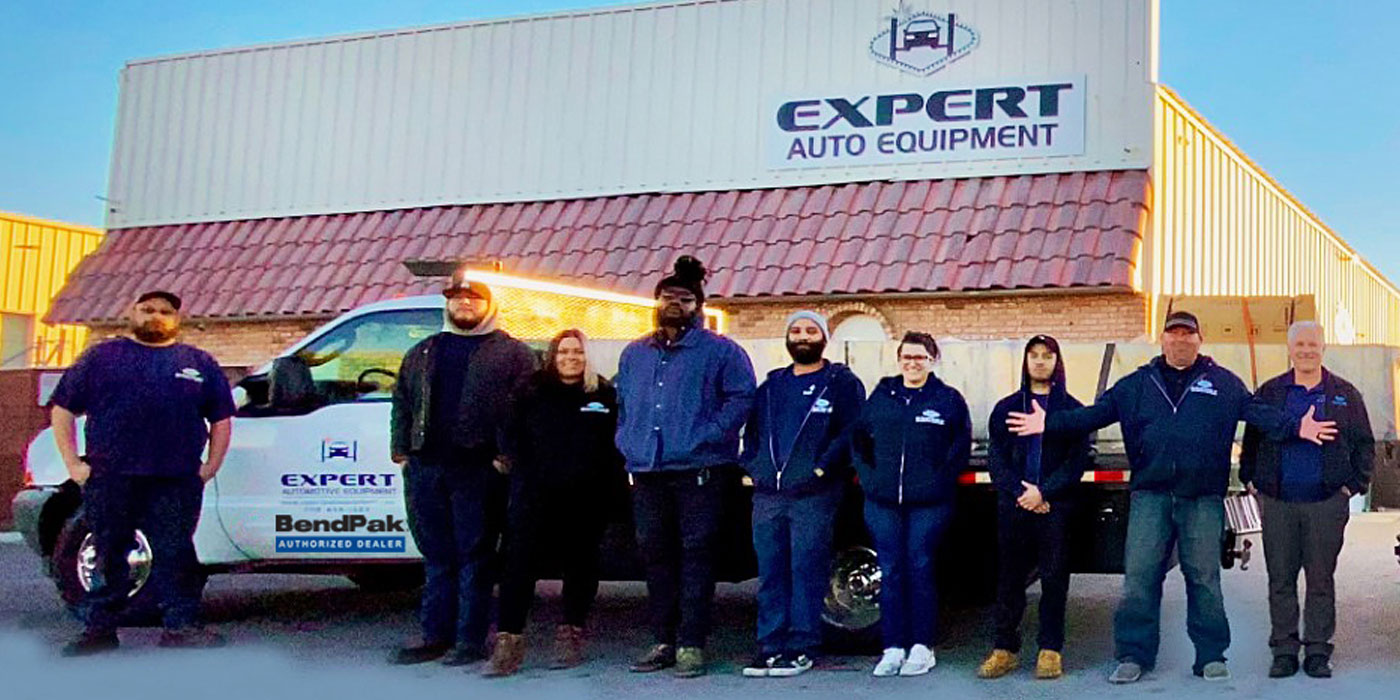When a jobber loses a dealer account, the account is not easily replaced because, unlike retailers, jobbers must depend upon a very limited number of dealer accounts to keep their bread buttered and their bills paid. Inevitably, losing an account requires a painful self-examination of a jobber’s policies and operating procedures. Self-righteousness must go out the window along with other emotional baggage if the account relationship is to be renewed or replaced. After all, there’s no room for blind pride at the bottom line.
RED FLAGS
Losing a dealer account doesn’t come without warning. The most obvious red flag, of course, is when sales to a specific dealer account suddenly begin falling off. Another red flag occurs when the jobber becomes a second-call source for items needed to complete large jobs. Few dealers, for example, will buy a wheel cylinder without buying the brake shoes needed to go with it.
The most important red flag, of course, is the loss of a positive relationship between the jobber and the dealer. Good commercial relationships are vigorous and on-going. When daily business transactions lose their humor and their give-and-take, the commercial relationship usually begins to chill. The relationship goes from being personal or one-on-one to being "strictly business." To put it another way, the dealer account is losing his enthusiasm, and this may be reflected in an attitude that says, "I’m ordering parts from you just because my new supplier doesn’t have them."
PRICING CONFLICTS
The price issue is usually the first jobber-dealer conflict to arise. In most cases, the words "You’re just too high-priced" are a symptom of more serious issues than price itself. To illustrate, few distribution systems suddenly increase their prices. Most, in fact, struggle to be as competitive as possible. So, if a dealer opened an active account with a jobber five years before, it’s safe to say that price wasn’t an issue then, so it shouldn’t be an issue now.
Of course, if a new discount retailer moved into the area, the pricing issue might temporarily become an issue. But the fundamental reason a shop opens an account with its local jobber is to gain access to a full array of professional-grade repair parts and services normally provided to a high-volume account. Most dealers, especially those with extensive management training, understand that quality and service costs money, and to get that quality and service, they’re willing to pay the higher price.
When price does become an issue, it might be attributed to underlying reasons such as declining revenues in the dealer’s shop caused by poor marketing or poor service. Or, the dealer’s shop may also be experiencing a decline in the quality of customers coming through his door. Evidence of the latter reason may be found in the dealer’s parking lot if it begins to fill with older, poorly maintained vehicles. Price sensitivity usually indicates either that the dealer is catering to price-sensitive customers or he is experiencing profitability problems of his own and is blaming his frustrations on his jobber’s pricing structure.
Although the price sensitivity issue isn’t easy for a jobber to resolve, it’s important for the jobber and, subsequently his dealer, to understand that the value of parts is best expressed in time, not dollars. Wait times, warranty times, installation times and delivery times are therefore vital components of the ultimate retail price. Given an average shop rate of $60 per hour, an overnight order, for example, may tie up a service bay for up to eight working hours or $480 worth of time. A no-labor warranty may add $180 to the price of the $35 water pump. Fit and finish problems may add another half-hour or $30 to the installation time. Sending a technician to pick up a part costs $1 per minute in loss of productive time. Therefore, it’s more productive to stress that time, not dollars, is the true measure of value in any automotive replacement part.
Wait times, warranty times, installation times and delivery times are therefore vital components of the ultimate retail price.Wait times, warranty times, installation times and delivery times are therefore vital components of the ultimate retail price.
DELIVERY CONFLICTS
It’s certainly not unheard of for a dealer to call two separate jobbers for the same part and take delivery from the jobber who arrives with the part first. In some cases, it’s easy to understand how a dealer can be so frustrated with slow, unpredictable delivery service that he would be willing to commit such an act.
Delivery conflicts are the most frustrating for jobbers because it’s one of the most expensive services a store has to offer. It’s also very difficult to predict the periods of peak demand and the urgency with which the part is needed. But both of these concerns can be put into perspective by training your counterperson to simply ask dealer service writers "When do you need this part?"
Counterpersons should be aware, for example, that expendable parts like belts, hoses, filters and batteries are usually on-demand sales generated through a lube bay inspection. If it’s a customer-wait situation, the part must be delivered immediately because making the sale depends upon how fast the customer can be sent on his way. Heavy-duty parts, on the other hand, can generally be dropped off during a routine parts delivery. Many of a dealer’s delivery conflicts can therefore be resolved, not by increasing the number of deliveries, but by prioritizing scheduled deliveries in a way that ensures that the dealers who are in the most often need to get their parts first.
INVENTORY QUESTIONS
One of the most perplexing conflicts that a dealer must address is the functionality of his inventory. I use the word "functionality" because inventory is always a local, not a national issue. Clearly, a jobber isn’t going to sell nearly as many tire chains in Phoenix as he could in Vail, CO. Basically speaking, inventory coverage is determined by three factors. First, the part in question must exhibit a significant failure rate. Second, the local vehicle populations using that part must be large enough to generate a sales history. Last, the jobber must have local shops that are able and willing to install these parts. Without these three factors, the parts simply won’t move off the jobber store shelf.
Consequently, when a conflict arises about not supporting a dealer account with an adequate inventory, it’s important to understand that, service amounts to delivering the right part to the right place at the right time. To do this, it’s equally important to develop a lost sales history as well as a sales history to uncover the need for additional parts in the inventory. Obviously, if a dealer is buying a part, it has a sales history. If he’s not buying the part, the reason may be that it’s not on your shelf in the first place. Neglecting lost sales histories can be a very large contributing factor in quietly losing a dealer account to another store because, in essence, you’ve given your dealer a very good reason to buy from your competitor.
ACCOUNT CONFLICTS
Issues like past-due accounts, excessive parts returns, unusually high warranty claims and unrealistic delivery demands are best addressed by writing policies that ward off potential conflicts in a proactive manner. If nothing else, policies are simple written statements that inform everyone concerned what a store’s basic procedures are and how they should be applied to guarantee equal treatment to all commercial accounts.
Although it’s impossible to write a policy that will address all contingencies, any specific policy should nevertheless cover most day-to-day business transactions. Policies are most effective when edited and assembled into a handbook. They should also be audited periodically through "ground-up" input from jobber employees.
Conflicts usually arise when exceptions are made to specific policies when, for example, a jobber performs a major inventory buy-back for one dealer and not the other. Since buy-backs can be a major economic issue, it’s important to understand that a store’s practice is its policy. A manager simply can’t write or re-write a policy to give or deny favorable treatment to a specific account. Following a well-developed policy manual is but one step toward resolving jobber and dealer conflicts before they result in the loss of a valuable account.










